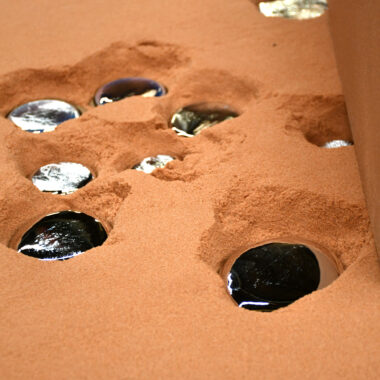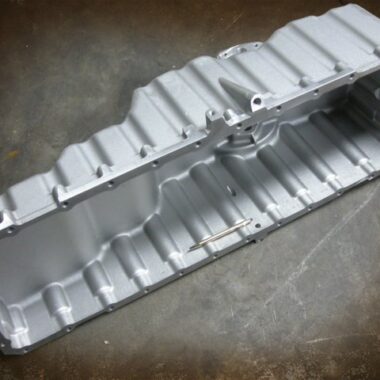Study the World of Aluminum Spreading: Recognizing the Different Methods
Aluminum casting is a fundamental process in the manufacturing market, with different methods employed to create accurate and detailed parts. From the traditional sand casting method to the advanced die casting process, each approach offers unique advantages depending on the demands of the project.
Sand Casting Technique
Sand casting, a widely-used method in light weight aluminum casting processes, includes creating molds made of compressed sand for putting molten steel. As soon as the mold is ready, it is securely placed in a flask and molten light weight aluminum is put right into the tooth cavity.
After the steel has cooled down and solidified, the sand mold is escaped to reveal the aluminum spreading. Sand spreading allows for the production of complicated shapes and large components that might be tough or pricey to create making use of various other methods. It is also a lasting technique as the sand can be recycled and used numerous times, minimizing waste in the casting process.
Irreversible Mold And Mildew Strategy

One significant advantage of the Irreversible Mold Strategy is the improved dimensional accuracy it offers. The metal mold allows for tighter tolerances and finer information in the final light weight aluminum spreadings compared to sand spreading methods. This accuracy makes it a preferred selection for applications where tight dimensional control is essential, such as in the vehicle and aerospace markets.

Die Casting Process

Financial Investment Casting Approach
Using a precision spreading method, Investment Casting Strategy includes developing complex aluminum components by pouring liquified steel into a ceramic mold and mildew. This process, also referred to as lost-wax spreading, starts with the development of a wax pattern of the wanted component. This wax pattern is after that covered with a ceramic product to develop a shell. When the ceramic shell is set, it is heated up to eliminate the wax, leaving behind a hollow ceramic mold.
Financial investment casting is frequently made use of for manufacturing components in industries where intricate layouts and limited resistances are needed, such as aerospace, vehicle, and clinical devices. The versatility and accuracy of the Investment Casting Approach make it an important method in the globe of aluminum spreading.
Lost Foam Casting Technique
Having checked out the complex precision of Financial investment Casting Approach, the emphasis currently changes to the ingenious technique of Lost Foam Spreading in light weight aluminum element production. Lost Foam Casting, also referred to as evaporative pattern casting, is a modern strategy where a foam pattern of the preferred component is produced and then coated with a refractory product. The coated foam pattern is after that hidden in sand, and molten aluminum is put into the mold. As the steel fills up the mold, the foam evaporates because of the warm, leaving a clean tooth cavity in the form of the desired component.
In Addition, Lost Foam Casting is an economical procedure as it reduces the i thought about this requirement for cores and permits for the production of light-weight elements. Regardless of its benefits, Lost Foam Spreading calls for mindful control of the casting process to prevent problems and guarantee top quality parts.
Conclusion
To conclude, aluminum spreading supplies a variety of techniques such as sand spreading, long-term mold and mildew method, pass away casting, financial investment spreading, and shed foam spreading. Each approach has its own advantages and applications, making light weight aluminum casting a functional and commonly made use of procedure in different sectors. Understanding the differences in between these approaches is essential in choosing the most appropriate spreading method for particular production requirements.
Sand casting, a widely-used technique in aluminum spreading processes, entails developing mold and mildews made of compacted sand for putting molten steel. aluminum casting.The Irreversible Mold Technique, like sand casting, is an additional common approach used in light weight aluminum casting procedures, supplying distinct advantages in terms of mold reusability and dimensional precision. The metal mold and mildew aluminum casting enables for tighter resistances and finer details in the final aluminum spreadings compared to sand casting methods. The two primary kinds of die spreading are cold chamber pass away casting and warm chamber pass away casting, each ideal for different types of light weight aluminum alloys.In verdict, aluminum casting supplies a range of techniques such as sand casting, permanent mold and mildew method, die casting, investment casting, and lost foam casting